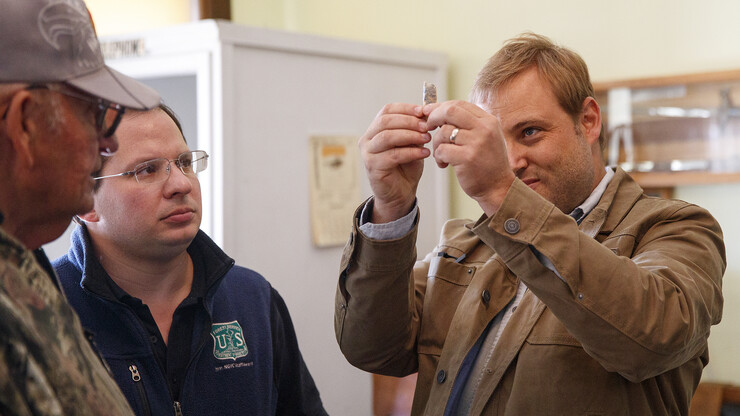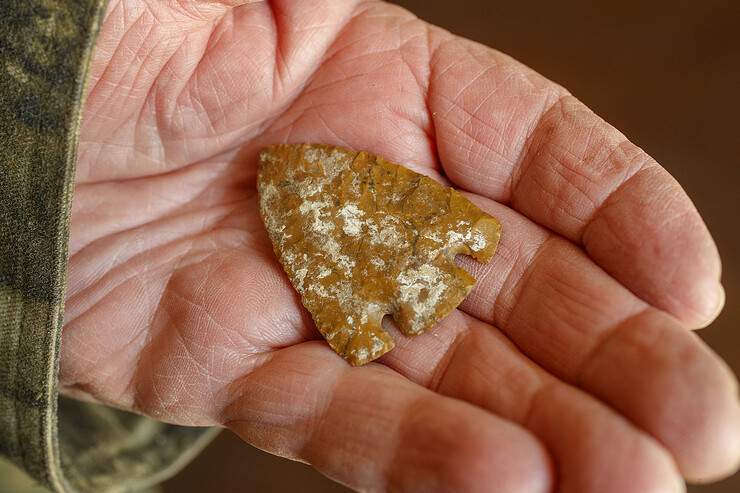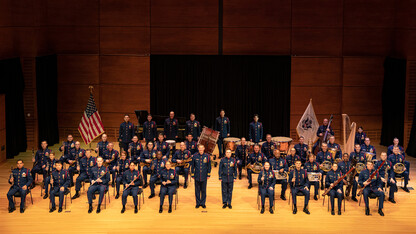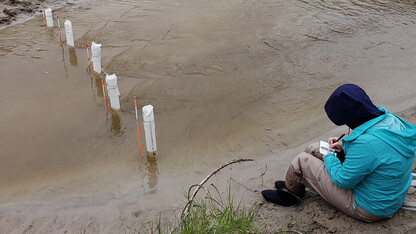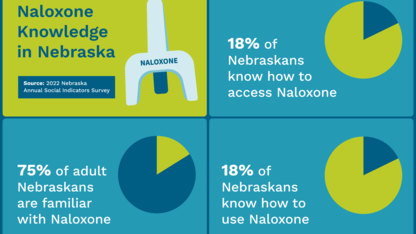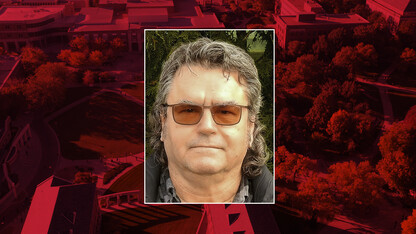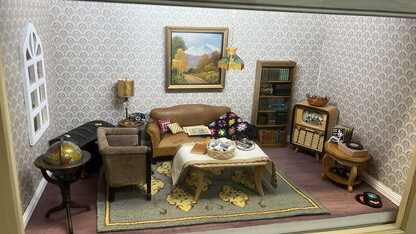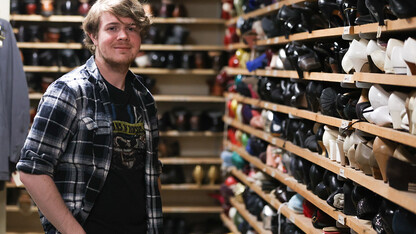· 3 min read
Artifact Roadshows gain notoriety as digital archive grows

Over the last five years, Matthew Douglass has crossed the Great Plains, visiting small towns and uncovering vast collections of Native artifacts through events he calls Artifact Roadshows.
During these roadshows, amateur collectors share their artifacts, many of which were found and passed down by pioneer ancestors. The collectors know the lands where the artifacts were found and many keep meticulous records.
Douglass has made many of the artifacts and their oral histories available for public viewing and further research through a 3-D archive hosted by the University of Nebraska-Lincoln Center for Great Plains Studies. Douglass, an assistant professor of practice and professional archaeologist, has also just published an article in World Archaeology explaining the process and benefits of finding private collections through Artifact Roadshows.
“We want to help foster a sense of stewardship with the public,” Douglass said. “By publishing on the approach, it is our hope that other archaeologists and the broader cultural heritage community will start to adopt our process.”
Douglass and Dennis Kuhnel of the U.S. Forest Service began hosting the events to meet with collectors across the Great Plains. The roadshows focus on sharing local information and ancient cultural resources between scientists and citizens. Photos for 3-D rendering and other records are taken from the artifacts to be included in an expanding digital archive.
Some find the project controversial, Douglass said.
“There are certain parties in archaeology who are against engaging with collectors,” he said. “They see them as looting the record and they see efforts like ours as promoting this activity.”
But leaving private collections behind would be a mistake, he said: The artifacts are significant because they add to the historical record of those who populated the lands before 19th-century settlements. Because of the roadshows, everyone has access.
Douglass said that the project also adds value because while there are few archaeologists, many collectors exist.
“Archaeologists’ total coverage of the landscape is minimal, so there is a lot to be learned from collectors and if we learn to work with them, we can get a lot more done,” he said.
The men said they hope to expand the project further into the Great Plains, and move the project torward a greater focus on working with collectors on archaeological documentation on private lands. Douglass also said he has been working with agencies that want to duplicate the roadshow concept.
